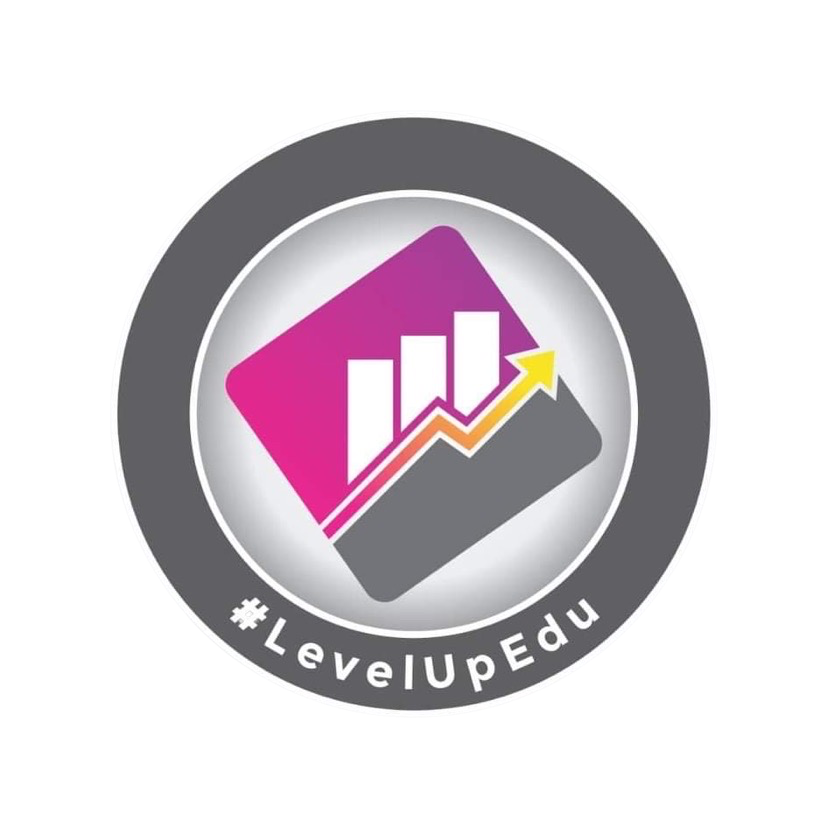Navigating Uncertainty: The Future of the U.S. Department of Education and What It Means for Schools, Students, and Equity
Navigating Uncertainty: The Future of the U.S. Department of Education and What It Means for Schools, Students, and Equity

By Dr. Khechara Bradford
In recent weeks, the U.S. Department of Education has undergone significant turbulence and transformation. From leadership decisions to funding priorities and emerging guidance on artificial intelligence, these changes reflect a broader national debate about the role of federal oversight in education. As educators, policymakers, and advocates, it is critical to understand these shifts not only as political events but as moments that will directly affect students, teachers, and families across the nation.
Administrative Shifts and Layoffs
The current administration has advanced efforts to dismantle the Department of Education through widespread layoffs and deep budget cuts. These moves—exacerbated by the ongoing government shutdown—are reducing federal oversight in essential areas, including civil rights enforcement and services for students with disabilities. This reduction in personnel does not merely impact bureaucratic processes; it weakens the federal safety net designed to ensure equity and accountability across all educational systems.
Policy Updates: School Choice, Verification, and AI
Several major policy updates have emerged amidst the administrative changes:
- School Choice: New federal guidance now allows private school students greater access to Title I-A services, including tutoring and counseling. While this may expand options for some families, it raises concerns about equitable resource distribution for public school systems already facing budget constraints.
- Student Verification: Colleges can now verify student identity through video calls and accept verification from NIST-compliant entities—a modernization of procedures that reflects the growing use of digital tools in higher education.
- Artificial Intelligence in Schools: Perhaps one of the most forward-looking developments, the Department has released new guidance on the responsible use of AI in education. This includes the integration of AI-based instructional materials and tutoring platforms. If implemented thoughtfully, these tools could expand personalized learning and reduce inequities in access to academic support. However, they must be guided by principles of transparency, data privacy, and ethical use.
Reimagining “Meaningful Learning” and Work-Based Education
Secretary Linda McMahon has announced new grant priorities emphasizing “meaningful learning” and work-based educational experiences. These initiatives aim to connect academic content with real-world skills—an encouraging direction that recognizes the importance of workforce readiness and experiential learning in both K–12 and higher education. Still, these initiatives must be supported with stable funding and equitable implementation to ensure that all students—not only those in well-resourced districts—benefit from them.
Budget Cuts and Consolidation
The Department’s discretionary budget is facing sharp reductions, with proposals to consolidate key K–12 programs. This consolidation could significantly affect after-school enrichment, bilingual education, and other specialized initiatives that support diverse learners. These cuts risk undermining programs that close opportunity gaps and foster inclusive learning environments—precisely the kinds of investments that strengthen communities and promote long-term educational success.
Civil Rights and Enforcement
The Office for Civil Rights (OCR) continues to issue important guidance and take enforcement actions. Recent efforts include:
- Guidance to ensure equal access to education for English learner students with disabilities.
- Enforcement actions involving Title IX violations and alleged misconduct by state education agencies and local school districts.
While these steps demonstrate a continued commitment to equity, they are occurring within a context of diminishing resources, raising serious questions about the sustainability of these efforts.
Looking Ahead
Education stands at a crossroads. The combination of structural downsizing, new technology integration, and evolving priorities presents both challenges and opportunities. The elimination of the Department of Education, should it proceed, would mark one of the most profound shifts in U.S. education policy in decades.
As educators, leaders, and advocates, we must remain engaged—monitoring these developments, elevating the voices of those most affected, and working to ensure that every policy decision reflects our shared commitment to equity, access, and meaningful learning for all.
Dr. Khechara Bradford is an educator, policy advisor, and advocate for equitable learning systems. She writes about educational innovation, leadership, and the intersection of policy and practice.




